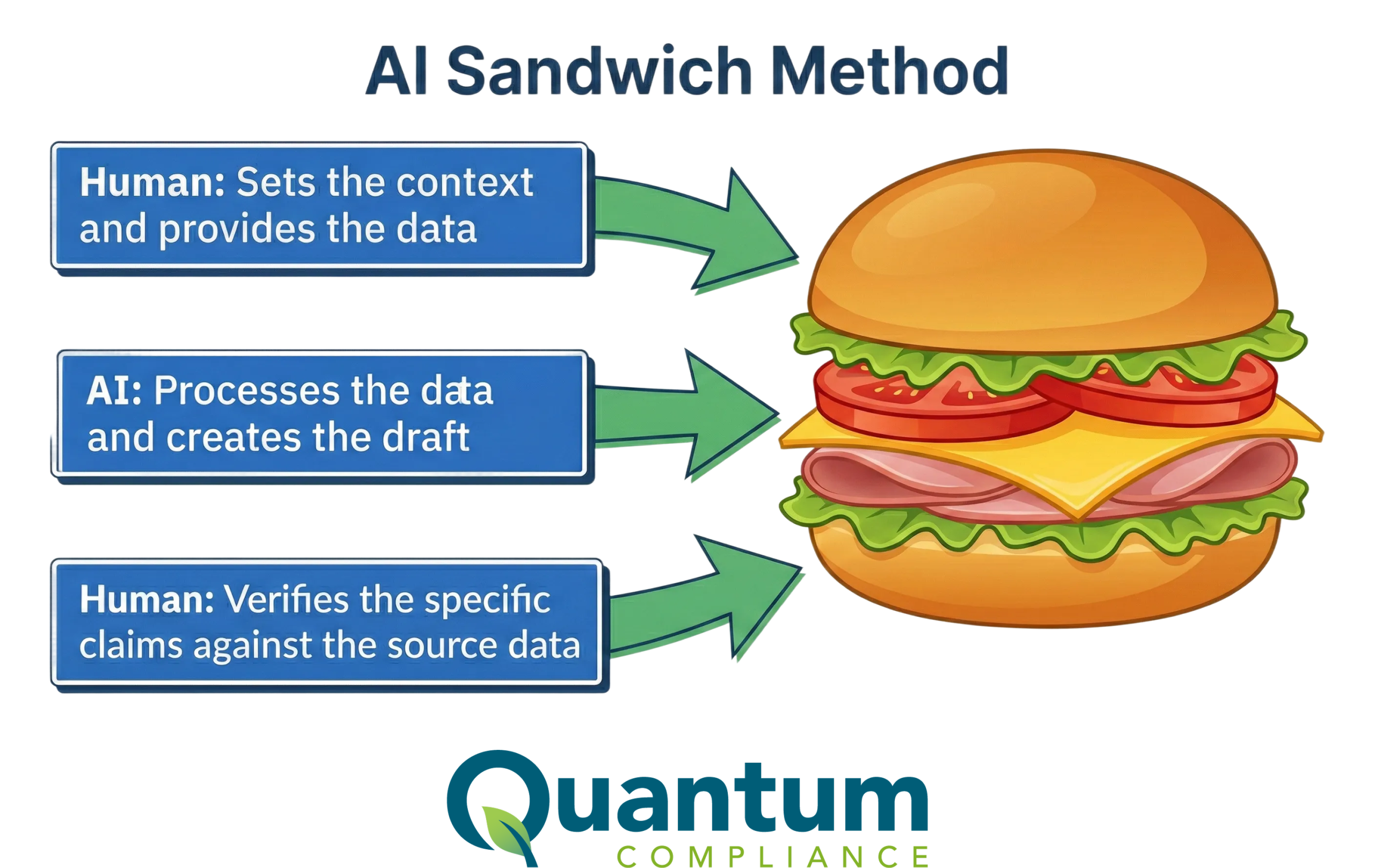A quick guide to understanding the essential elements of GHS labels and becoming an expert yourself!
Labeling is one of the most important part of the GHS format. With the GHS hazard labels in place, employees will be able to determine the potential dangers and precautions needed to use a chemical easily. The label will also be the main source of information for customers, who may not already have easy access to safety data sheets (SDSs). The GHS standards have been designed so that they can communicate information in a universal way, using symbols and language to convey hazards quickly and easily. Here are the things that you should know about the labeling requirements.
Label Elements
Within the new GHS OSHA labels, every hazardous chemical will be marked by hazard symbols, signal words, and hazard statements. All of these elements of the chemical safety labels have been standardized for every hazard class. Each company has the opportunity to include supplementary information, such as their company’s name or address, including things that have not yet been integrated into GHS regulations and those that do not interfere with hazard classifications.
The hazard symbols, or pictograms, have a black symbol on a white diamond with red outlines. The black symbols will each be syndicated with the GHS hazard class, and will include special indicators for harmful chemicals. Signal words such as “Warning” and “Danger” emphasize the relative severity of the chemical within, which is determined by GHS hazard class. There is typically no more than one signal word on a label. Hazard statements, one-sentence descriptions of the dangers of a substance, are also dependent on hazard class.
Labeling Procedures
There is a designated labeling process for OSHA hazardous chemicals, which can be found in Annexes 1 and 7 of the fourth revised edition of the Globally Harmonized System of Classification and Labeling of Chemicals, found here. The label is made up of hazard symbols, signal words, and hazard statements, listed in that order. The hazard statements define whom or what the substances can cause harm to. Supplemental OSHA hazard and manufacturer information can be added as per supplier discretion if necessary.
Allocation of Label Elements
OSHA hazard guidelines lay out very specific rules for the allocation of label elements, the full text of which can be found here. It describes the standards for pictograms and hazard statements as described above, adding input as to precautionary standards and GHS hazard classification. Additionally, it describes how to respond in case of contact with hazardous chemicals and prescribes methods for proper OSHA-sanctioned disposal.
Label Requirements
Every hazardous chemical must have a proper GHS label, formatted exactly according to OSHA chemical hazard labeling standards.
• The label must contain information about the supplier, including the address and phone number of the responsible party.
• GHS hazard pictograms must be included on the label, formatted in the same way as those on the respective GHS SDSs.
• There are eight standard hazard symbols, one of which is used in each pictogram according to the GHS hazard classification of the substance.
• There are four kinds of precautionary statements: “prevention,” “response,” “storage,” and “disposal.”
Various punctuations affect the importance and emphasis of each precautionary statement listed. Supplementary information should be limited, so as to keep non-standardized material to a minimum. The name for each hazardous chemical should be listed alongside the product identifier listed on its GHS safety data sheet.
Arrangements for Presenting the Label Elements

The information included on the GHS hazard labels is standardized, and its formatting is as well.
• The prescribed arrangement states that GHS hazard pictograms should be presented in close proximity to the hazard statements and signal words.
• All applicable label elements should be displayed prominently on the external container, unless the total volume is so low that it has a near-zero chance of harming humans or contaminating its environment, in which case the label may be omitted.
• For consumer use, manufacturers operating under OSHA hazard guidelines may use labeling based on the likelihood of harm instead of the likelihood of hazard.
• Occasionally, there is a need for written label elements to appear in more than one official language, in which case space may be compromised. In this case, an authority at the place of labeling may decide which information is most important and how many label elements need to be included. They may also decide to place color on parts of the label other than the GHS hazard pictogram.







